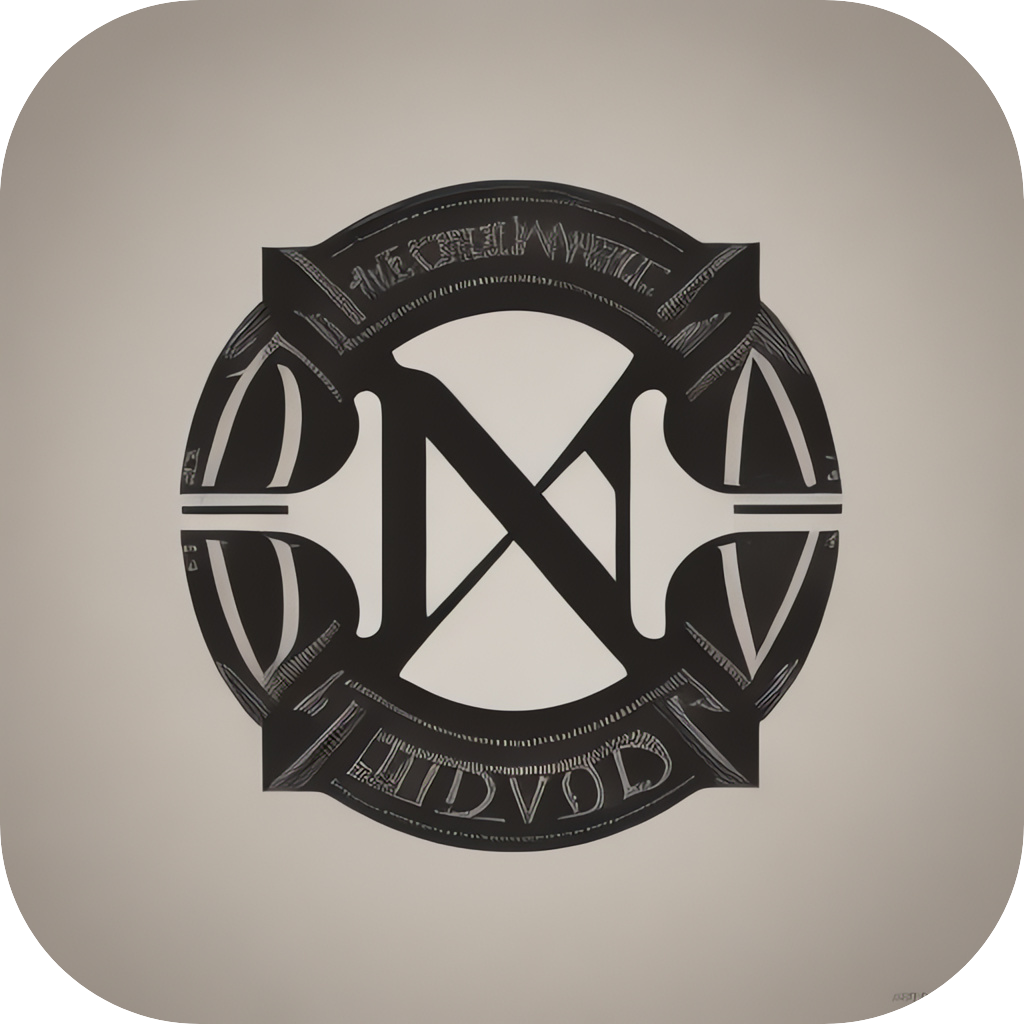Mastering MarkdownMind: An Essential Guide to Elevating Your Note-Taking and Organizational Skills with Advanced Markdown Features
In the era of digital documentation and quick knowledge exchange, the ability to effectively take and organize notes is indispensable. A powerful tool within this arena is Markdown, a lightweight, plain text formatting syntax that was designed to enable content creators to manage complex documents with ease. Its elegance lies not only in its simplicity and accessibility on various platforms, but also in its powerful features which make it an ideal solution for note-taking and organizing content.
### 1. **Understanding the Basics of Markdown**
Markdown starts with the fundamentals of writing text, making it accessible to almost everyone from beginners to experts. The basics include italicizing text using an underscore (_text_), bold text by wrapping text in double asterisks (** or **text**), and using hashtags for headings (# Heading One, ## Heading Two, etc.). This ease of formatting ensures that your notes are readable and organized immediately.
### 2. **Beyond Basic Formatting**
While Markdown’s simplicity is its major strength, its real power lies in its flexible and extensive features. Let’s delve into some advanced Markdown techniques:
#### **Lists**
– **Unordered (bulleted) Lists**: Use `- item` to create simple lists.
– **Order Lists**: With numbers, e.g., `1. first item`, lists can be sequentially ordered.
#### **Links and Images**
– **Embedding Links**: `[Link Text](http://example.com)`
– **Inserting Images**: ``
### 3. **Advanced Document Features**
Markdown’s flexibility extends beyond basic content formatting, offering solutions for structuring complex information and managing various text types efficiently:
#### **Blockquote**
Use `>` to quote sections of text, which is ideal for conversations, citations, or emphasizing a quote in your notes.
#### **Code Blocks**
For inclusion of code snippets, surround the text with three backticks (`\`) to maintain formatting and syntax highlighting support in many Markdown viewers.
#### **Headers and Sectioning**
Headers in Markdown are marked by a pound (#) before the title, allowing you to break down large blocks of text visually. Adding more pound symbols (#) leads to finer level headings, aiding in the creation of more nuanced document structure.
#### **Tables**
Markdown allows for easy creation of tables by formatting the data in a specific grid structure (`| columns 1 | columns 2 | columns 3 |`) which is particularly useful for organizing data-heavy notes and reports.
#### **Horizontal Rules**
`—` three hyphens create a simple but effective horizontal rule, providing a clear visual separation between sections, useful in both notes and presentations.
### 4. **Implementing Markdown in Practice**
Mastering Markdown involves experimenting with these features in your own note-taking environment. Tools like Notion, Obsidian, and Bear support Markdown fluently, allowing you to leverage its advanced functionalities seamlessly. By integrating these advanced features, you can evolve traditional note-taking methods into a customized, efficient, and dynamic system tailored to your specific needs, enhancing productivity and clarity.
### 5. **Conclusion**
Markdown is not just a formatting tool; it is a design principle for structuring your thoughts and content in a way that is both visual and logical. As you grow more comfortable with Markdown’s features, you’ll notice an immediate improvement in how you organize and present your ideas, making it an indispensable tool in the digital age. Whether you’re a student, a professional, or a creative mind, learning to master MarkdownMind will undoubtedly elevate your note-taking and organizational skills, enabling you to create documents that are not only beautiful and readable but also functional and dynamic.
